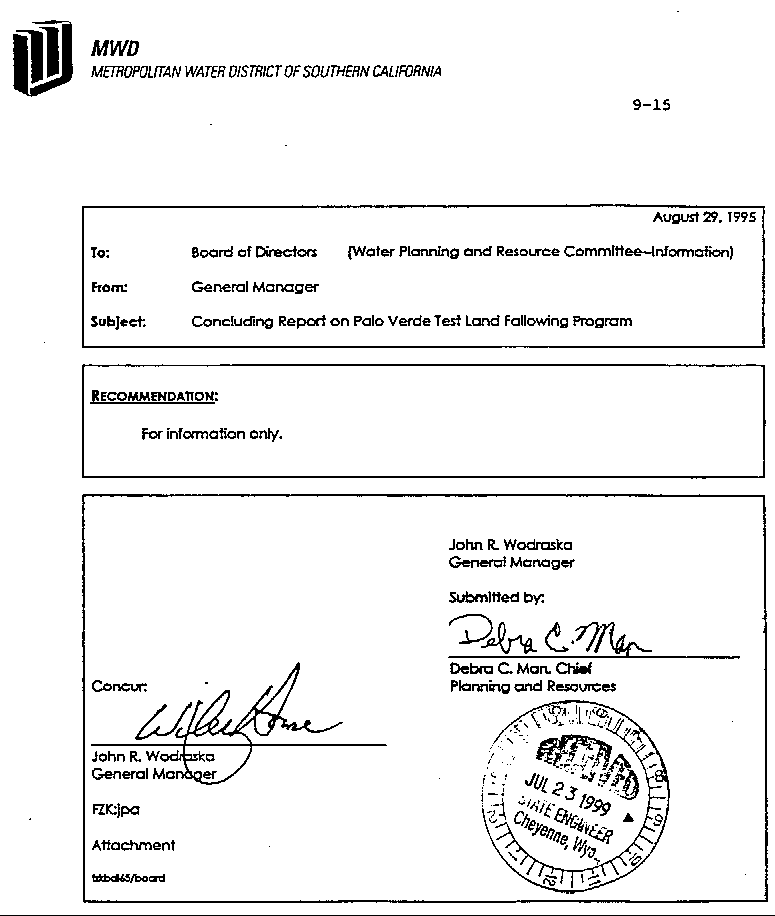
It also evaluates several important tools used in site and contaminant assessment. For example, Chapter 6 focuses on the New York City Department of Environmental Protection's (NYC DEP) enhanced monitoring system and data analysis (effectiveness monitoring and evaluation). The remainder of this report analyzes sections of the New York City watershed management strategy that correspond to these components. Stakeholder involvement in each of these components is key to ensuring that watershed management programs are effective. Several components or steps are necessary: (1) establishment of goals and objectives, (2) an inventory of the watershed and assessment of possible contaminant sources, (3) development and (4) implementation of protection strategies, and (5) monitoring and evaluation of program effectiveness. Figure 4-1 depicts the components of a watershed management framework for source water protection advocated by the committee. Source water protection programs include actions, policies, and practices to protect and enhance sources of drinking water (AWWA, 1997 EPA, 1997b). Today, it is well understood that water utilities should both control contaminant discharges into watersheds and prevent any unwise land use in watersheds that would adversely influence downstream water quality. The aim of application should be as a corrective to counter an emergency rather than the be-all and end-all of water purification, otherwise there is a definite risk of allowing our filtration, sedimentation, and storage barriers to fall to a less important position and to depend upon chloramine entirely." (Harold, 1934)Īs perceptive as this 65-year-old quotation is, it omits a critical part of the equation-the active management of reservoir watersheds such that reservoir water quality is enhanced (watershed management). Although, on the one hand, one counsels the use of chemicals as a finishing process, and as a supplementary final barrier, it is necessary with such effective agents as the chloramines to voice a warning as regards their position in the scheme of water purification. Next, an efficient filter barrier is interposed and, lastly, a chemical process which should be afforded time for effective action, either in contact tanks or in the mains before the draw-off. The effect of promoting a continuous flow throughout storage systems in which water is sedimented results in an enormous reduction of bacterial and organic components. The first of these is the reservoir system through which all raw waters should flow, even if the source is of sufficiently good quality to be by-passed to the works direct. "This all tends to bring into prominence the necessity of using barriers of protection to the best possible advantage. Although the term "multiple barriers" is a recent one, the concept is old, as evidenced by the following quotation: Examples of barriers include selecting the highest-quality source water, practicing watershed management, using the best available treatment technologies, maintaining a clean distribution system, practicing thorough monitoring and accurate data analyses, having well-trained operators, and maintaining operating equipment.

In recent years, it has been more widely recognized that source water protection is a critical first step in the multiple-barrier approach to providing safe drinking water advocated by the Environmental Protection Agency (EPA) and the American Water Works Association (AWWA, 1997 EPA, 1997a).

Source water protection programs are essentially watershed management programs with the specific goal of protecting drinking water supplies. The purpose of this chapter is to provide an overview of watershed management for the protection of drinking water supplies-that is, source water protection-as a basis for review and critique of the watershed strategies included within the Memorandum of Agreement (MOA). Watershed management is necessary for many reasons, including meeting requirements of the Clean Water Act (CWA) (to maintain the physical, chemical, and biological integrity of the nation's waters), the Safe Drinking Water Act (SDWA) (to protect drinking water supplies), and state programs, or meeting local community needs. Watershed management can be defined as any program or collection of strategies that positively influence activities and land characteristics within a drainage basin. Watershed Management for Source Water Protection


 0 kommentar(er)
0 kommentar(er)
